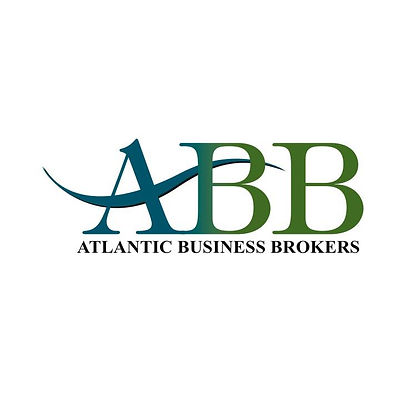Valuing Your Business!
- biz4salebroker

- Jan 11, 2023
- 3 min read
Is there a simple method for appraising most businesses.?
Key terms are important to understand. Major exceptions must be noted.
A short-cut method is useful because it can give you a general idea of what a business might be worth.

Business values are influenced by many factors besides just earnings.
Warning: any figure derived by using a simple method won't be exact.
Also, the method used in this article doesn't apply to the larger businesses with annual gross sales over, say, $5-10 million.
It also doesn't apply to businesses like motels,
hotels, golf courses, ranches, campgrounds and marinas, where real estate values are such major elements.
So, What's the Method to Value A Business?
This short-cut method comes from the use of comparable data from businesses that have sold. As messy as this data often is, in its aggregate form, it offers surprising clarity.
In the last 40 years, two large publicly available databases of small business sales have been developed: BizComps® and DealStats® (formerly Pratt’s Stats). The business sales they contain have proven to be reliable barometers for business valuations.
From these sales, earnings multiples can be derived. The most common is a multiple of
"cash flow to the owner," an expression of earnings that BizComps® labels "Seller's Discretionary Earnings," or SDE.
SDE is calculated by taking EBITDA and adding owner's salary. EBITDA is "earnings before interest, taxes, depreciation and amortization," a common earnings definition.
Technically, SDE also calls for the adding back of all non- cash, non-operating and non- recurring expenses, as well as income taxes paid. But for most small businesses, these are either obvious, inconsequential, and/or illegal for your CPAs and we brokers to even know about.
So, we are ignoring them here.
SDE, or owner's cash flow, is thought to be a more appropriate measure of earnings for smaller businesses. EBITDA is used mostly to measure earnings of the so-called "mid market" businesses - those large enough to have a separate layer of professional management separate from ownership.
What the historical sales of businesses show (consistently over many years, believe it or not!) is that small businesses tend to sell for between 1.5 and 3.5 times historical SDE, not including inventory (for resale) and/or real estate.
Before we go on, however, let’s be clear that we understand that “SDE” is a specific level of earnings, not to be confused with “EBIT,” “EBITDA” or other levels.
The multiples are different when applied to different levels of earnings.
The earnings multiple goes higher when using EBITDA, and higher still with EBIT.
Part of the reason this is so confusing is that business publications and Internet writings are often incorrect in their use of this data.
Remember, also, that this DOES NOT apply to the real estate and/or to businesses which are comprised of mostly real estate assets.
Even if we all agreed to be consistent about the level of earnings we use, the data is still a bit messy, often giving us a range of data points.
Because of the range of data points that we often get, a simple-to-understand multiple of 3x SDE (3 “times” the annual SDE) is often used as an approximation of value.
This multiple, which might be too high for some businesses and too low for others, is still often seen as a “ballpark” estimate of value, or at least a level that can be used for setting an asking price.
It is at the higher end of the historic range, so business owners frequently choose it as the “starting point” for their business pricing.
Penny Papaioannou-Business Broker
Your business deserves to get the right buyer at the right price. Let us leverage our extensive expertise as premier business brokers to get your business into the right hands. Get in touch with us today!
800-859-8386
Talks about #evaluations, #businessbroker, #businessbrokers, #valuationservices, #sellingyourbusiness










Comments